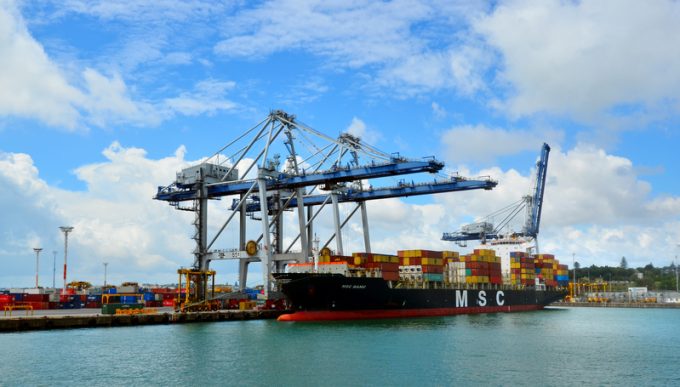Making landfall: Antwerp-Bruges H1 25 box volumes tell a congested story
…and don’t forget Rotterdam

Shippers around the world face huge supply chain challenges from port congestion and an acute shortage of containers.
And one carrier source The Loadstar spoke to today said the problems “will get worse”.
“There are so many pinch points building now and they will only get worse ...

Comment on this article